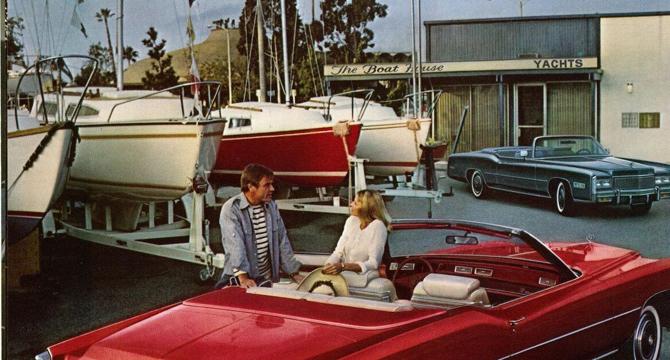The Truth About Cars
2d
149

Image Credit: The Truth About Cars
Abandoned History: America's 1970s Convertible Controversy, Who's to Blame?
- The Cadillac Eldorado convertible was the last American convertible amidst safety regulations in 1976, marking the end of domestic convertibles until the return in the 1980s.
- Safety regulations, rather than government mandates, led to the demise of convertibles as automakers faced challenges in redesigning vehicles to meet new requirements.
- The National Traffic and Motor Vehicle Safety Act of 1966 and subsequent regulations like roof strength proved detrimental to the production of convertibles.
- In a 1971 meeting with President Nixon, automaker executives raised concerns about the financial burdens posed by proposed safety regulations like passive restraints.
- The proposed passive restraint regulation, which included airbags or thick dash padding, was ultimately dropped in the 1970s due to affordability concerns.
- The focus on safety regulations shifted the automotive industry towards alternative designs like targa bars and removable roof panels instead of traditional convertibles.
- The declining popularity of convertibles was also influenced by advancements in air conditioning and the introduction of sunroofs as alternatives for open-air driving.
- From 1982 to 2005, domestic and imported convertibles made a comeback in the market with models like the Chrysler LeBaron, Mercedes-Benz SL, and BMW Z3.
- The modern limited availability of domestic convertibles, such as the Ford Mustang and Chevy Corvette, reflects consumers' shifting preferences towards SUVs over convertibles.
- Overall, consumer demand, changing preferences, and evolving safety regulations have played significant roles in shaping the history and decline of the American convertible.
Read Full Article
8 Likes
For uninterrupted reading, download the app